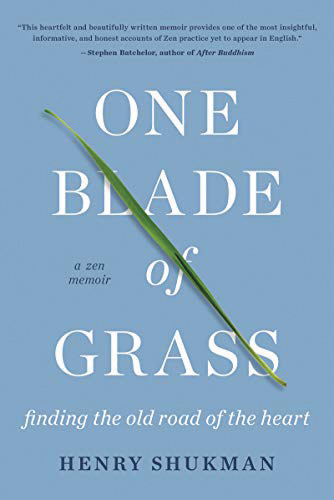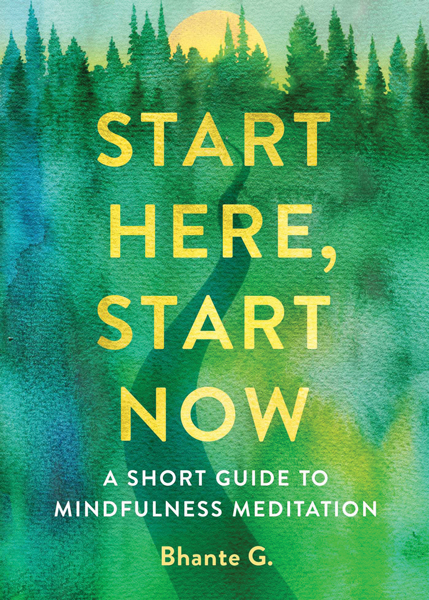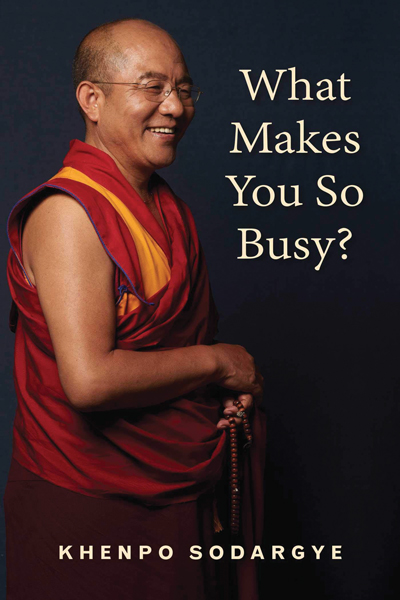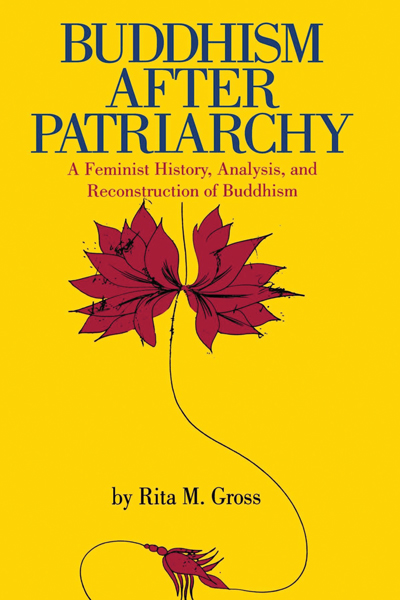
One Blade of Grass: Finding the Old Road of the Heart by Henry Shukman. Counterpoint Press, October 2019, $16.95, 352 pp., paper
In this riveting memoir, Zen teacher, poet, and Tricycle contributing editor Henry Shukman lays bare a tortuous youth marked by a mental breakdown, crippling eczema, and a spontaneous spiritual opening before his long road to healing through Zen practice. As Shukman traces his transformation in exquisite prose, even those discomfited by his intimate revelations can’t help but be inspired by his courage and persistence. Shukman’s journey reassures us that a profound awakening is possible for practitioners willing to go to any lengths.

Start Here, Start Now: A Short Guide to Mindfulness Meditation by Bhante Gunaratana. Wisdom Publications, November 2019, $9.95, 168 pp., paper
Books on Buddhist meditation abound, but why not learn from an acknowledged master? Bhante G, as everyone calls him, was one of the first Theravada teachers to settle in the US, and his Mindfulness in Plain English, published in 1991, is a modern classic. Start Here breaks the process down even further. Not just for newbies, it contains useful advice for dealing with hindrances to concentration such as pain, drowsiness, distractions, and resistance. And don’t overlook the value of his “Slogans to Encourage Mindfulness.” Nothing worthwhile is achieved overnight, he reminds us. (Read an excerpt here.)

What Makes You So Busy? Finding Peace in the Modern World by Khenpo Sodargye. Wisdom Publications, December 2019, $17.95, 220 pp., paper
Who can’t relate to that title? It’s not just urban Westerners who suffer from the pressures of overscheduling. Scholar, translator, and Nyingma lama Khenpo Sodargye teaches worldwide but is based in China, and the book is a compilation of his lectures at Chinese universities. “Busyness,” by Khenpo’s definition, means all the misguided ways we pursue happiness and try to avoid pain with mindless activity. Instead of listing timesaving measures or tips on winding down, he offers mind training “to calm ourselves and find true contentment.”
SCHOLAR’S CORNER
Two Buddhas Seated Side by Side: A Guide to the Lotus Sutra by Donald S. Lopez Jr. and Jacqueline I. Stone. Princeton University Press, October 2019, $29.95, 312 pp., cloth
One of the most venerated—and controversial—Mahayana texts, the Lotus Sutra upends traditional dharma, affirming universal buddhahood (the potential of all beings to attain enlightenment) and refiguring the historical Buddha as a transcendent, ever-present being. Mahayana experts Lopez of the University of Michigan and Stone, formerly at Princeton, are ideal guides through this complex text. Spotlighted is the sutra’s best-known interpreter, the 13th-century Japanese Buddhist master Nichiren.
Listen to James Shaheen, Tricycle’s Editor & Publisher, discuss Two Buddhas Seated Side by Side with Lopez and Stone on the Tricycle Talks podcast.
WHAT WE’RE REREADING

Buddhism After Patriarchy by Rita Gross
In the wake of the #MeToo movement and continuing revelations of sexual misconduct in Buddhist organizations, revisiting Rita Gross’s 1992 book Buddhism After Patriarchy renews hope that Buddhism’s teachings can survive the sexism and abuse that plague its institutions. By revising potentially misogynistic texts and surveying patriarchal hierarchies in all Buddhist traditions, Gross, the late Buddhist scholar and practitioner, peeled back layers of social accretions to reveal a truth foundational to the Buddha’s teachings: that the concepts of male and female, along with any concept of identity, are ultimately empty. Buddhism After Patriarchy remains an essential resource for a feminist revalorization of Buddhism; indeed, this year it was further unpacked in a race-sensitive critique by scholar Hsiao-Lan Hu in Buddhism and Whiteness. —Cara Dibdin
